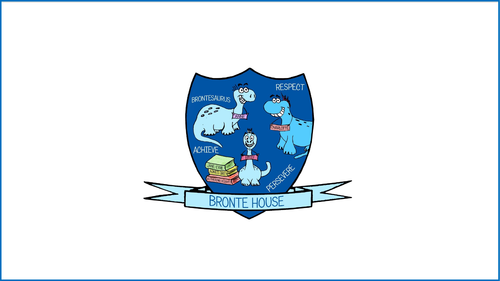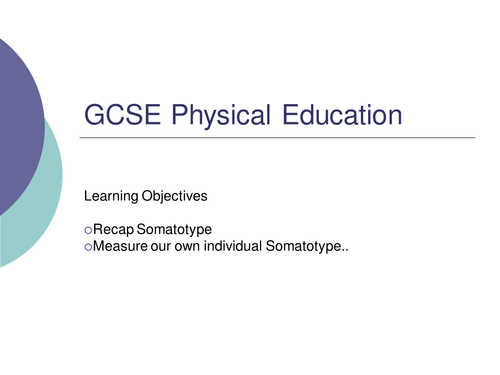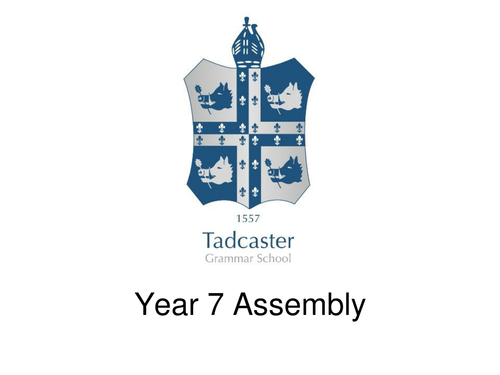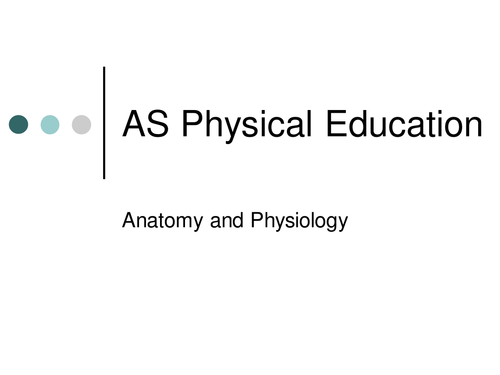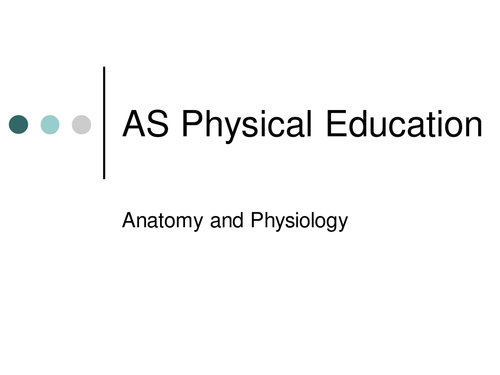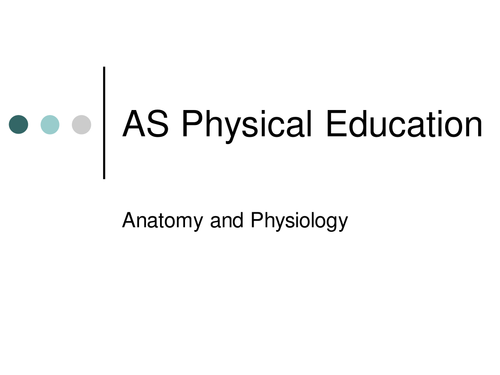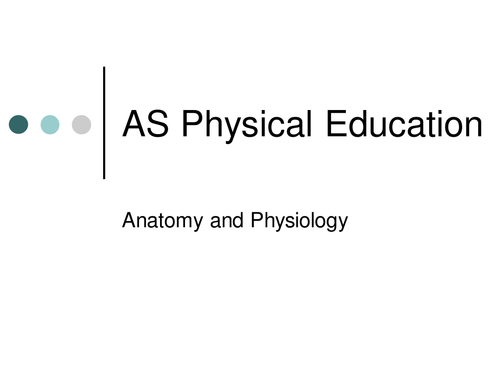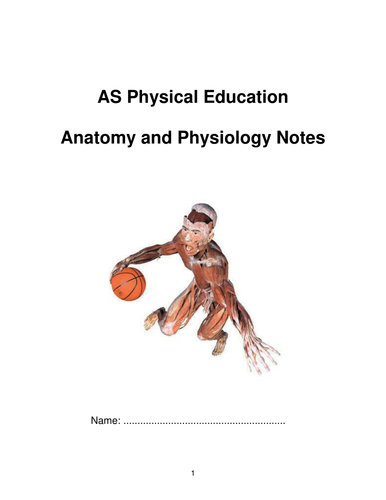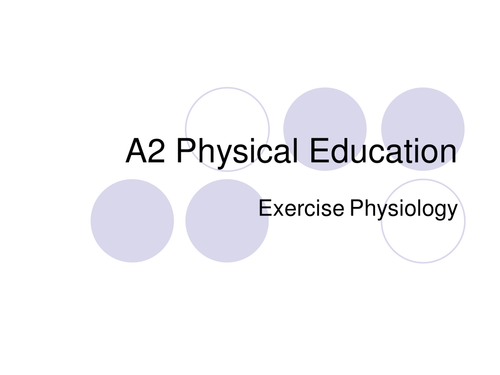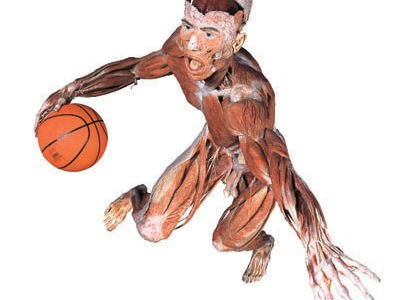
118Uploads
37k+Views
4k+Downloads
Sale

GCSE PE - Somatotypes
Learning Objectives:
- Recap Somatotype
- Measure our own individual Somatotype.
Sale

Assembly - Make School A Level Playing Field By Bringing The Correct Equipment
The assembly requires some preparation but is well worth it. You will need to set out a table tennis table at the front of the assembly hall. On each side of the table to you need to place two school bags. Once has a table tennis paddle and a ball in it and the other half has a rounders bat in it.
Once the assembly has started I ask for a student and a member of staff to volunteer. I give the student the bag with the table tennis paddle and ball in it and the bag containing the rounders bat to the member of staff. I normally ask a sporty student before the assembly if I can use them so the demonstration works. I then ask the volunteers to reveal the equipment that is in their bags and have a game of first to 5. The student will win with the correct equipment.
I then show students a picture of a 'level playing field' and say that there are some people in the group who, at times, create a situation where they are not able to learn as well as their peers. This is due to their poor organisation bu not bringing basic equipment or not doing their homework. I finish the assembly with the key message that in later life being organised is a key skill to get a job.
Sale

Assembly - Don't Judge a Book By it's Cover
This assembly has two clear sections. The first is a link to Susan Boyle's audition for Britain's Got Talent. A picture is shown of Susan and I ask the group firstly who she is and then does she look like a pop star? I then use the link to show her audition. During the audition Ant and Dec say 'I bet you weren't expecting that'. When the audition finishes I ask the group why weren't you expecting her to not have an amazing voice?
The second section of the audition requires some preparation. You need four bags of walker crisps. You have to carefully open each bag at the bottom and swap the flavours into different bags. I normally put ready salted into a cheese and onion bag and then salt and vinegar in prawn cocktail. You then selotape the two bags you will use in the assembly up so that they look like have been unopened. I then ask for a volunteer and blindfold them whilst doing a blind taste. When the volunteer say, what appears, to be the wrong flavours I then reveal what I have done.
My message from both sections of the assembly is to not always follow the crowd. Sometimes other people's opinions are not always yours. Never read a book by its over until you have explored it for yourself.
Sale

A Level PE - Sport Psychology, Personalities
Learning Objectives:
Know the difference between the trait theory, social learning approach and interactionist perspective
Discuss the Nature vs. Nurture debate. Are personality characteristics are innate or learned?
Introduce the Lewin approach to personality and the Hollander approach to the Interactionist Theory.
Sale

A Level PE, Sport Psychology, Aggression
Learning Objectives
Identify and describe the four different theories of aggression
Understand the difference between aggression and assertion and link to different theories.
Be able to justify and evaluate the different aggression theories, linking ways to prevent/limit aggression.
Sale

A Level PE - Movements of Joints
A Level Anatomy and Physiology lesson. Learning objectives:
- Identify the anatomical position.
- Introduce anatomical terms of location.
- Discuss the joint actions possible at synovial joints.
Sale

A Level PE - Warm Up and Cool Down
A Level Anatomy and Physiology lesson. Learning objectives:
- Define a warm up and cool down.
- Analyse the effects of a warm up and cool down on skeletal muscle tissue.
- Discuss different bone disorders, joint stability and posture and alignment.
Sale

A Level PE - Joint Stability
A Level Anatomy and Physiology lesson. Learning objectives:
- Complete an analysis of joints in relation to joint stability.
- Identify the reasons for poor alignment and posture.
Sale

A level PE - Heart Structure and Function
A Level Anatomy and Physiology lesson. Learning objectives:
- Provide an overview of the aerobic system.
- Introduce the function of the cardiovascular system.
- Identify the internal and external structure and of the Heart
Sale

A level PE - Heart Rate, Stroke Volume and Cardiac Output
A Level Anatomy and Physiology lesson. Learning objectives:
- Describe the relationship between stroke volume, heart rate and cardiac output.
- Explain the changes that take place to stroke volume, heart rate and cardiac output during different intensities of physical activity.
Sale

A level PE - Heart Conduction System and Cardiac Cycles
A Level Anatomy and Physiology lesson. Learning objectives:
- Provide an overview of the Conduction System.
- Describe how the heart works as a dual action pump (Cardiac Cycle, diastole and systole).
- Describe the link between the Cardiac Cycle and the Conduction System of the heart.
Sale

A Level PE - Blood Pressure & Effects on the Vascular System of a Warm Up and Cool Down
A Level Anatomy and Physiology lesson. Learning objectives:
- Identify the effects on the vascular system of a warm-up and cool-down.
- Define blood pressure and identify resting values.
- Explain the changes that occur to blood pressure during physical activity and hypertension.
Sale

A Level PE - The Impact of Different Types of Physical Activity on the Cardiovascular System
A Level Anatomy and Physiology lesson. Learning objectives:
- Evaluate the impact of different types of physical activity on the cardiovascular system.
- Identity four types of cardiovascular disease.
- Investigate common cardiovascular diseases with reference to lifelong involvement in an active lifestyle.
Sale

A Level PE - Oxygen and Carbon Dioxide Transport
A Level Anatomy and Physiology lesson. Learning objectives:
You are to create an A3 poster which informs the reader about the below
points. Your target audience has no previous knowledge of this topic so
the poster must be very informative. Use page 57 in your notebook and
pages 87-88 as guidance in your textbook however, other resources will
need to be used.
Poster Content:
Describe how carbon dioxide and oxygen are carried within the vascular system.
Identify how effective transportation of carbon dioxide and oxygen within the vascular system aids participation in physical activity
Explain how smoking affects the transportation of oxygen.
Sale

Anatomy Physiology Student Work Book
A Level Physical Education Resource
This resource coincides with the set of PowerPoints which, will assist the delivery of the AS Anatomy and Physiology A Level Unit for the OCR specification. The student notebook contains: exam check lists; notes; tasks; exam questions and exam answers.
The resource represents two years worth of work and I can guarantee that it will make teaching this unit much easier. I only wish that I had this when I first started teaching the Sports Science units.
This is a perfect resource for anyone starting out teaching the Sports Science aspect of A Level Physical Education.
Sale

A Level PE - Energy, Work and Power & ATP
A Level Exercise Physiology lesson. Learning objectives:
- To define the terms ‘energy’, ‘work’ and ‘power’.
- Identify examples of potential, chemical and kinetic energy.
- Introduce ATP.
Sale

A level PE - Drugs, the Media, Sponsorship and Violence in Sport
Learning Objectives:
- Drugs use in sport.
- The media and sponsorship within Sport.
- Violence in Sport.
Sale

Assembly - Mental Health Awareness, Facts, Tips and Support
This assembly is centred around mental health awareness and I used this during the national childrens' mental health awareness week.
I open the assembly with a definition of mental health and the #timetotalk which I explain is the key message of the assembly. I also show a gif which says 'mental health is real, even if you cannot see it' and use the example of being able to see someone is is physically injured for instance on crutches however, you cannot see a mental health illness or injury.
The next section of the assembly is a short video about talking about mental health and how this is no longer a taboo subject and is something that as a school community we are aware of and support.
The next section of the assembly identifies that there are over 200 forms of mental health illness and I use three quiz questions to show how big of an issue this is nationally.
The final section of the assembly contains a number of helpful tips to maintain good mental health. I then finish the assembly with the national statistic that 'Nearly three in four young people fear the reactions of friends when they talk about their mental health problems'. I conclude by saying that as a school and house community we are here to support each other and that mental health is not a taboo subject and one which we accept.
Bundle Sale

A Level PE, Lesson Bundle, Respiratory System, Altitude & Gaseous Exchange
Respiratory system based lessons.
Student workbook with exam questions and mark schemes is also included plus the tasks associated with each lesson.
Bundle Sale

A Level PE, Lesson Bundle, Muscular and Skeletal Systems and Movement Analysis
Muscular and Skeletal Systems, Movement Analysis based lessons
Student workbook with exam questions and mark schemes is also included plus the tasks associated with each lesson.

